Cross-channel advertising strategy: why unified messaging across platforms matters
🔁
Cross-channel advertising ensures consistent brand messaging across digital environments. When users move between platforms like Google Ads, Facebook, LinkedIn, and email, a synchronised narrative reinforces recognition, trust, and readiness for conversion.
How to align multi-platform campaigns with cross-channel attribution insights
📊
Effective cross-channel ad campaigns require attribution data that identifies which platform influenced each stage of the buyer’s journey. Leveraging these insights allows marketers to adjust budgets and creatives dynamically, improving overall ROI.
From display to email: bridging the gap with cross-device targeting
📱
Reaching users across devices ensures that cross-channel advertising efforts stay relevant. Someone who sees a mobile ad on TikTok should receive a tailored follow-up via email or Google Search on desktop, creating a fluid brand experience.
What separates cross-channel from multi-channel ad strategies?
❓
While multi-channel advertising uses various platforms, cross-channel marketing integrates them. A retargeting ad on Instagram triggered by a YouTube view is a classic cross-channel tactic, unlike siloed multi-channel campaigns.
Audience segmentation in cross-channel advertising: smarter personalization
🧩
Using tools like HubSpot, Segment, or Meta Audiences, marketers can tailor creative and budget decisions around unified segments—delivering personalized messaging at every step of the customer’s journey.
Programmatic platforms and cross-channel advertising automation
🤖
Modern ad platforms support cross-channel automation, reducing manual work. Algorithms can now optimize creative rotation, frequency capping, and timing across Google Display, YouTube, and third-party native ad networks.
Common challenges in cross-channel campaigns and how to avoid them
⚠️
From attribution mismatches to audience overlap, cross-channel advertising has risks. Avoid wasting budget by setting frequency caps and aligning pixels, tags, and UTMs across channels.
The role of CRM data in cross-channel remarketing workflows
💾
Integrating your CRM with ad platforms allows for advanced cross-channel remarketing, such as serving product-focused ads to lapsed users on LinkedIn after they opened a campaign email.
KPIs that matter in cross-channel advertising campaigns
📈
Track metrics like ROAS, assisted conversions, and channel-specific CPA to understand which combinations drive performance. Cross-platform dashboards like Google Analytics 4 or Adobe Experience Cloud can help you visualize this.
Creative consistency vs. channel-specific design: striking the balance
🎨
While messaging should stay unified, format matters. Vertical videos dominate Instagram Reels, while static banners work better in display ads. Winning cross-channel creatives adapt to each format without losing identity.
Localizing cross-channel ads for regional campaigns and cultures
🌍
Global brands need to blend consistency with cultural relevance. Language, imagery, and even CTAs should adapt based on geography—while keeping your cross-channel marketing flow intact.
How to test and optimize your cross-channel advertising plan
🧪
Use A/B testing frameworks across multiple platforms to refine your messaging and visual language. Data-driven adjustments make cross-channel strategies agile and profitable.
Using UTM tracking to unify analytics across cross-channel efforts
🔗
UTM parameters are crucial in tracking the full funnel of a cross-channel campaign. Consistent tagging across ads, emails, and landing pages ensures cohesive data in tools like GA4.
FAQ
What is the main benefit of cross-channel advertising?
It creates a seamless and personalized customer journey, improving engagement and conversions.
How is it different from multi-channel advertising?
Cross-channel integrates platforms into one cohesive experience, while multi-channel often treats each channel separately.
Which tools help execute cross-channel campaigns effectively?
Google Ads, Meta Ads Manager, Segment, HubSpot, and GA4 are top choices for building and analyzing campaigns.

AUTHOR
Tomasz Jóźwiak
Growth Marketing Strategist | Founder at Webomo
I'm Tomasz Jóźwiak, a growth marketing strategist and the founder of Webomo. Over the past decade, I’ve helped startups, scale-ups, and established brands drive measurable growth through full-funnel strategies, performance marketing, and conversion optimization.
I believe in data-driven experimentation, fast execution, and full transparency—because real growth is about more than just vanity metrics.
👉 Let’s connect on LinkedIn or check out Webomo’s growth marketing work.

Fueling Growth with Strategy
Questions?
Ask any question about identifying new growth opportunities for your company.
